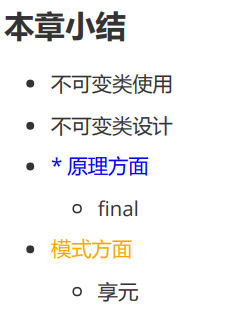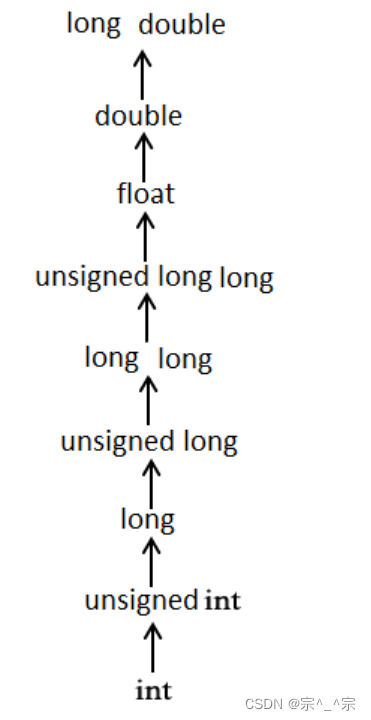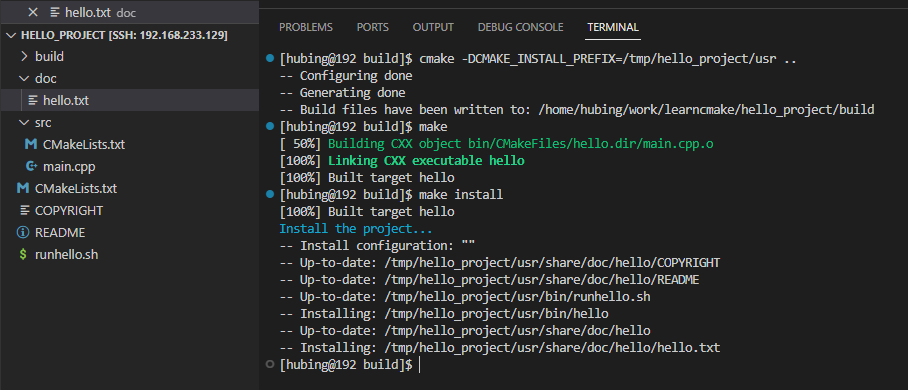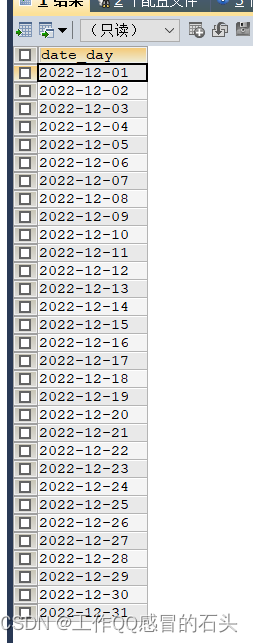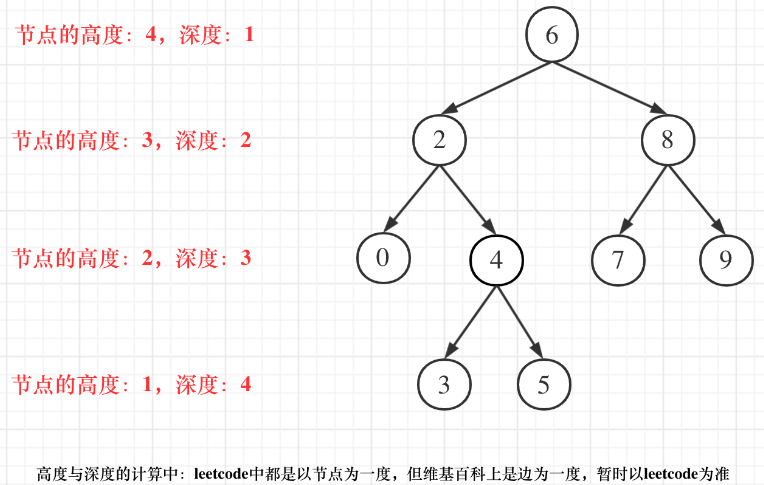目录
- 6.共享模型之不可变
- 6.1.日期转换的问题
- 6.1.1.问题提出
- 6.1.2.解决思路——同步锁
- 6.1.3.解决思路——不可变
- 6.2.不可变设计
- 6.3.享元模式
- 6.3.1.简介
- 6.3.2.体现
- 6.3.3.DIY
- 6.4.final 原理
- 6.5.无状态
本文笔记整理来自黑马视频https://www.bilibili.com/video/BV16J411h7Rd/?p=197,相关资料可在视频评论区进行获取。
6.共享模型之不可变
6.1.日期转换的问题
6.1.1.问题提出
下面的代码在运行时,由于 SimpleDateFormat 不是线程安全的:
public static void main(String[] args) {
SimpleDateFormat sdf = new SimpleDateFormat("yyyy-MM-dd");
for (int i = 0; i < 10; i++) {
new Thread(() -> {
try {
log.debug("{}", sdf.parse("1951-04-21"));
} catch (Exception e) {
log.error("{}", e);
}
}).start();
}
}
有很大几率出现 java.lang.NumberFormatException 或者出现不正确的日期解析结果,例如:
10:57:56 [Thread-4] c.Solution - {}
java.lang.NumberFormatException: empty String
at sun.misc.FloatingDecimal.readJavaFormatString(FloatingDecimal.java:1842)
at sun.misc.FloatingDecimal.parseDouble(FloatingDecimal.java:110)
at java.lang.Double.parseDouble(Double.java:538)
at java.text.DigitList.getDouble(DigitList.java:169)
at java.text.DecimalFormat.parse(DecimalFormat.java:2089)
at java.text.SimpleDateFormat.subParse(SimpleDateFormat.java:1869)
at java.text.SimpleDateFormat.parse(SimpleDateFormat.java:1514)
at java.text.DateFormat.parse(DateFormat.java:364)
at Solution.lambda$main$0(Test.java:12)
at java.lang.Thread.run(Thread.java:748)
6.1.2.解决思路——同步锁
这样虽能解决问题,但带来的是性能上的损失,并不算很好:
public static void main(String[] args) {
SimpleDateFormat sdf = new SimpleDateFormat("yyyy-MM-dd");
for (int i = 0; i < 50; i++) {
new Thread(() -> {
synchronized (sdf) {
try {
log.debug("{}", sdf.parse("1951-04-21"));
} catch (Exception e) {
log.error("{}", e);
}
}
}).start();
}
}
6.1.3.解决思路——不可变
如果一个对象在不能够修改其内部状态(属性),那么它就是线程安全的,因为不存在并发修改啊!这样的对象在Java 中有很多,例如在 Java 8 后,提供了一个新的日期格式化类:
public static void main(String[] args) {
DateTimeFormatter dtf = DateTimeFormatter.ofPattern("yyyy-MM-dd");
for (int i = 0; i < 10; i++) {
new Thread(() -> {
LocalDate date = dtf.parse("2018-10-01", LocalDate::from);
log.debug("{}", date);
}).start();
}
}
可以看 DateTimeFormatter 的文档:
@implSpec
This class is immutable and thread-safe.
不可变对象,实际是另一种避免竞争的方式。
6.2.不可变设计
(1)另一个大家更为熟悉的 String 类也是不可变的,以它为例,说明一下不可变设计的要素。
public final class String
implements java.io.Serializable, Comparable<String>, CharSequence {
/** The value is used for character storage. */
private final char value[];
/** Cache the hash code for the string */
private int hash; // Default to 0
// ...
}
(2)final 的使用
发现该类、类中所有属性都是 final 的:
- 属性用 final 修饰保证了该属性是只读的,不能修改;
- 类用 final 修饰保证了该类中的方法不能被覆盖,防止子类无意间破坏不可变性;
(3)保护性拷贝
但有同学会说,使用字符串时,也有一些跟修改相关的方法啊,比如 substring 等,那么下面就看一看这些方法是如何实现的,就以 substring 为例:
public String substring(int beginIndex) {
if (beginIndex < 0) {
throw new StringIndexOutOfBoundsException(beginIndex);
}
int subLen = value.length - beginIndex;
if (subLen < 0) {
throw new StringIndexOutOfBoundsException(subLen);
}
return (beginIndex == 0) ? this : new String(value, beginIndex, subLen);
}
发现其内部是调用 String 的构造方法创建了一个新字符串,再进入这个构造看看,是否对 final char[] value 做出了修改:
public String(char value[], int offset, int count) {
if (offset < 0) {
throw new StringIndexOutOfBoundsException(offset);
}
if (count <= 0) {
if (count < 0) {
throw new StringIndexOutOfBoundsException(count);
}
if (offset <= value.length) {
this.value = "".value;
return;
}
}
if (offset > value.length - count) {
throw new StringIndexOutOfBoundsException(offset + count);
}
this.value = Arrays.copyOfRange(value, offset, offset+count);
}
结果发现也没有,构造新字符串对象时,会生成新的 char[] value,对内容进行复制 。这种通过创建副本对象来避免共享的手段称之为【保护性拷贝 (defensive copy)】
6.3.享元模式
6.3.1.简介
(1)定义:英文名称为 Flyweight pattern,当需要重用数量有限的同一类对象时。
wikipedia: A flyweight is an object that minimizes memory usage by sharing as much data as possible with other similar objects.
(2)出自:“Gang of Four” design patterns
(3)归类:Structual patterns
6.3.2.体现
(1)包装类
在 JDK 中 Boolean,Byte,Short,Integer,Long,Character 等包装类提供了 valueOf 方法,例如 Long 的 valueOf 会缓存 -128~127 之间的 Long 对象,在这个范围之间会重用对象,大于这个范围,才会新建 Long 对象:
public static Long valueOf(long l) {
final int offset = 128;
if (l >= -128 && l <= 127) { // will cache
return LongCache.cache[(int)l + offset];
}
return new Long(l);
}
注意:
- Byte, Short, Long 缓存的范围都是 -128~127;
- Character 缓存的范围是 0~127;
- Integer的默认范围是 -128~127;
- 最小值不能变;
- 但最大值可以通过调整虚拟机参数
-Djava.lang.Integer.IntegerCache.high来改变;
- Boolean 缓存了 TRUE 和 FALSE;
(2)String 串池
(3)BigDecimal BigInteger
6.3.3.DIY
例如:一个线上商城应用,QPS 达到数千,如果每次都重新创建和关闭数据库连接,性能会受到极大影响。 这时预先创建好一批连接,放入连接池。一次请求到达后,从连接池获取连接,使用完毕后再还回连接池,这样既节约了连接的创建和关闭时间,也实现了连接的重用,不至于让庞大的连接数压垮数据库。
@Slf4j(topic = "c.Pool")
class Pool {
// 1. 连接池大小
private final int poolSize;
// 2. 连接对象数组
private Connection[] connections;
// 3. 连接状态数组 0 表示空闲, 1 表示繁忙
private AtomicIntegerArray states;
// 4. 构造方法初始化
public Pool(int poolSize) {
this.poolSize = poolSize;
this.connections = new Connection[poolSize];
this.states = new AtomicIntegerArray(new int[poolSize]);
for (int i = 0; i < poolSize; i++) {
connections[i] = new MockConnection("连接" + (i+1));
}
}
// 5. 借连接
public Connection borrow() {
while(true) {
for (int i = 0; i < poolSize; i++) {
// 获取空闲连接
if(states.get(i) == 0) {
if (states.compareAndSet(i, 0, 1)) {
log.debug("borrow {}", connections[i]);
return connections[i];
}
}
}
// 如果没有空闲连接,当前线程进入等待
synchronized (this) {
try {
log.debug("wait...");
this.wait();
} catch (InterruptedException e) {
e.printStackTrace();
}
}
}
}
// 6. 归还连接
public void free(Connection conn) {
for (int i = 0; i < poolSize; i++) {
if (connections[i] == conn) {
states.set(i, 0);
synchronized (this) {
log.debug("free {}", conn);
this.notifyAll();
}
break;
}
}
}
}
class MockConnection implements Connection {
// 实现略
}
使用连接池:
Pool pool = new Pool(2);
for (int i = 0; i < 5; i++) {
new Thread(() -> {
Connection conn = pool.borrow();
try {
Thread.sleep(new Random().nextInt(1000));
} catch (InterruptedException e) {
e.printStackTrace();
}
pool.free(conn);
}).start();
}
以上实现没有考虑:
- 连接的动态增长与收缩;
- 连接保活(可用性检测);
- 等待超时处理;
- 分布式 hash;
对于关系型数据库,有比较成熟的连接池实现,例如c3p0, druid等 对于更通用的对象池,可以考虑使用 apache commons pool,例如 redis 连接池可以参考 jedis 中关于连接池的实现。
6.4.final 原理
理解了 volatile 原理,再对比 final 的实现就比较简单了。
public class TestFinal {
final int a = 20;
}
对应的字节码如下:
0: aload_0
1: invokespecial #1 // Method java/lang/Object."<init>":()V
4: aload_0
5: bipush 20
7: putfield #2 // Field a:I
<-- 写屏障
10: return
发现 final 变量的赋值也会通过 putfield 指令来完成,同样在这条指令之后也会加入写屏障,保证在其它线程读到它的值时不会出现为 0 的情况。
6.5.无状态
在 web 阶段学习时,设计 Servlet 时为了保证其线程安全,都会有这样的建议,不要为 Servlet 设置成员变量,这种没有任何成员变量的类是线程安全的。
因为成员变量保存的数据也可以称为状态信息,因此没有成员变量就称之为【无状态】。
